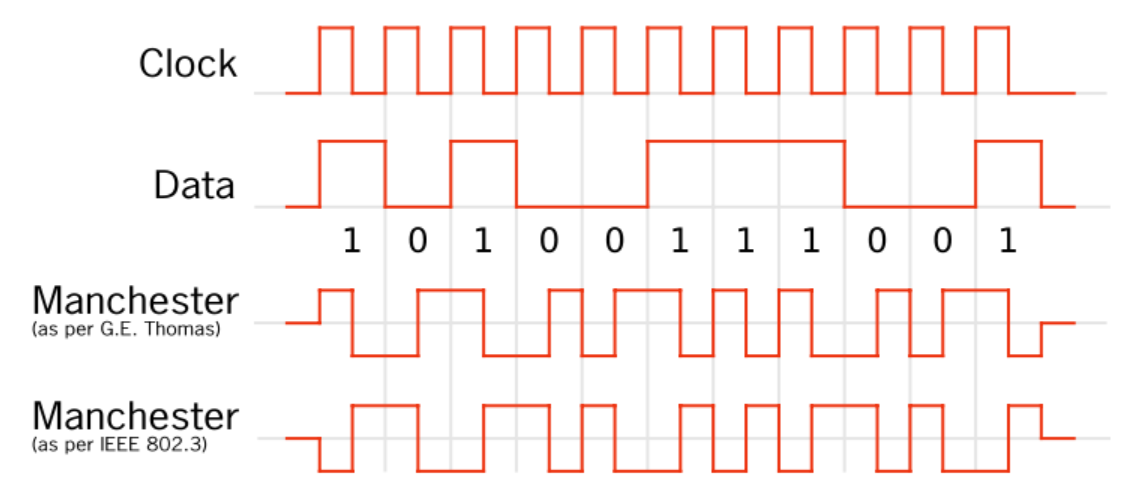You need to test, we're here to help.
You need to test, we're here to help.
29 January 2014
Tips and Tricks: Stabilizing a Waveform Trace
22 January 2014
The Components of Total Jitter
 |
| Figure 1: An overview of the jitter hierarchy, or "jitter tree," showing the various elements that make up total jitter |
16 January 2014
Mr. Oscilloscope, Meet Mr. Computer
 |
| Figure 1: WaveStation software enables full remote control of an oscilloscope from a Windows PC |
08 January 2014
Let's Get Serial: About Manchester Data Encoding
 |
| Figure 1: An example of Manchester coding |
Subscribe to:
Posts (Atom)